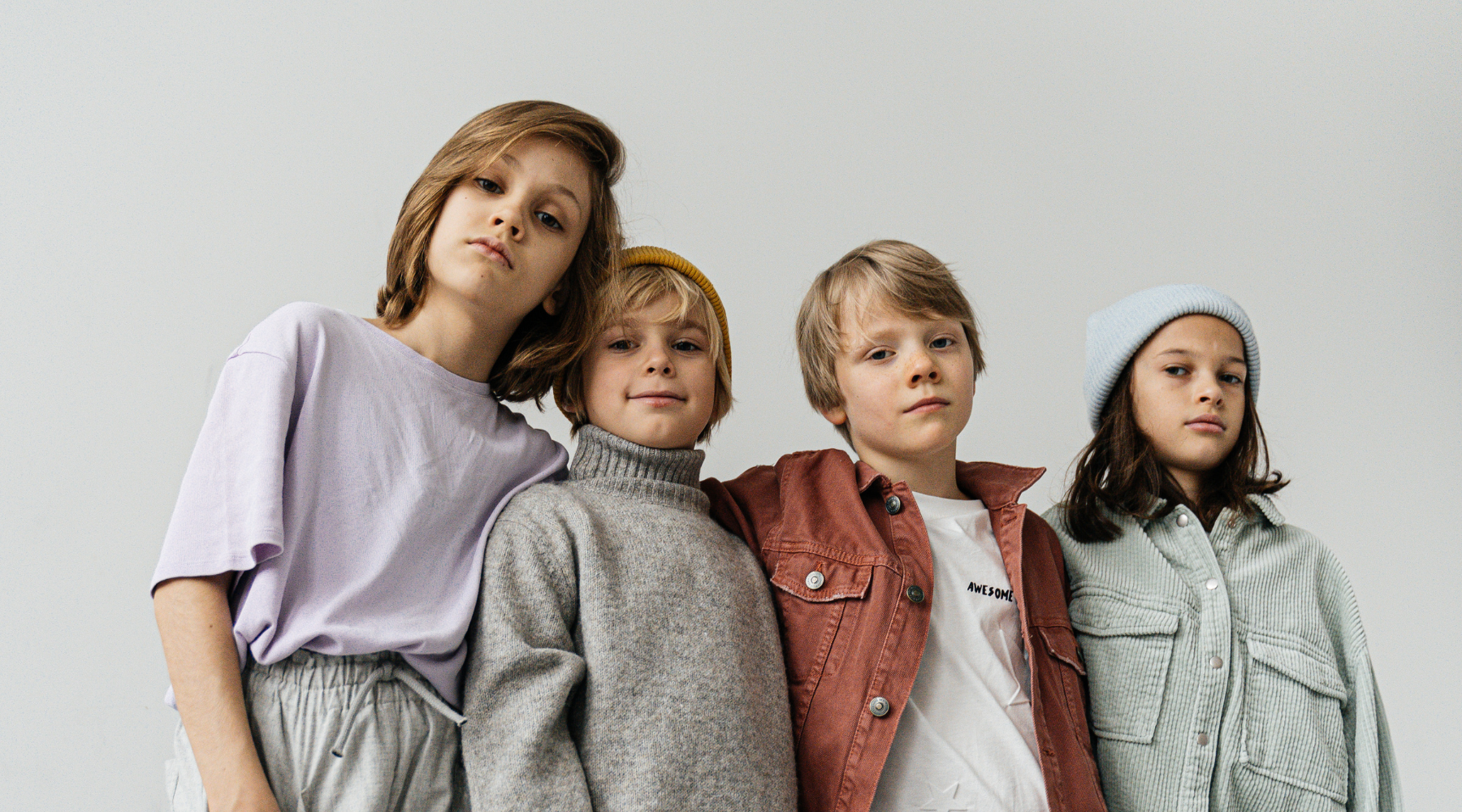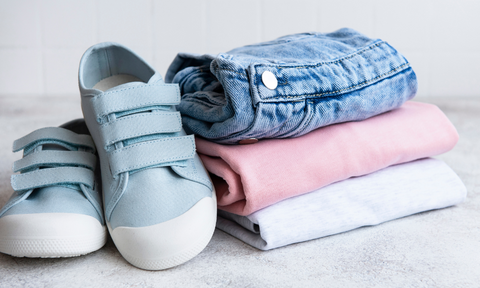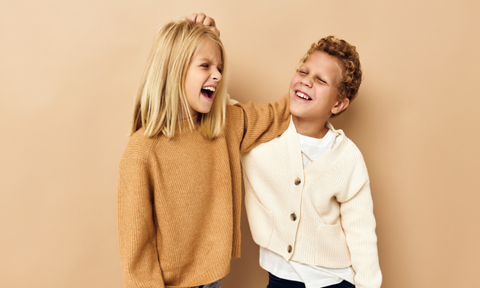
Choosing the Best Fabrics for Kidswear: A Sustainable Approach
In the world of fashion, designing clothing for children is a unique and exciting endeavor. Kidswear not only needs to be stylish and comfortable but also safe and sustainable. One of the fundamental elements in creating exceptional children's clothing is choosing the right fabrics. This article will explore the properties, compositions, and types of fabrics ideal for kidswear, with a strong emphasis on sustainability.

1. Organic Cotton: When it comes to kidswear, organic cotton is a superstar. It is made from natural fibers without the use of synthetic chemicals or pesticides. This makes it hypoallergenic and safe for children's sensitive skin. Organic cotton is soft, breathable, and easy to care for. It's perfect for everyday wear, whether it's t-shirts, onesies, or pajamas.
2. Bamboo Fabric: Bamboo fabric is an eco-friendly option for kidswear. It's derived from bamboo grass, which grows rapidly and doesn't require pesticides or fertilizers. Bamboo fabric is incredibly soft and has natural moisture-wicking properties, keeping kids cool in hot weather and warm in cold weather. It's perfect for clothing like baby blankets, onesies, and sleepwear.
3. Tencel (Lyocell): Tencel, or Lyocell, is a sustainable fabric made from wood pulp, often sourced from eucalyptus or beech trees. It's incredibly soft, moisture-wicking, and hypoallergenic. Tencel is perfect for creating comfortable, breathable clothing, like baby rompers, dresses, and children's shirts.
4. Hemp Fabric: Hemp is a durable and sustainable fabric that's perfect for kidswear. It's made from the hemp plant, which requires minimal water and no pesticides to grow. Hemp fabric is strong, breathable, and resistant to wear and tear, making it ideal for items like children's pants, overalls, and jackets.
5. Recycled Polyester: If you're looking for a sustainable option for outerwear or activewear, consider using recycled polyester. This fabric is made from recycled plastic bottles, reducing waste and the need for new raw materials. It's durable, moisture-wicking, and can withstand the wear and tear that children's clothing often faces.
6. Linen: Linen is a natural and breathable fabric, perfect for kidswear in the summer. It's made from the flax plant and is biodegradable, making it an eco-friendly choice. Linen is ideal for kids' summer dresses, shorts, and shirts due to its cooling properties.
7. Wool: While wool is often associated with winter wear, it can also be used in kidswear year-round. Wool is natural, renewable, and has excellent insulating properties. Merino wool is soft and non-itchy, making it suitable for baby blankets, sweaters, and winter accessories.
8. Upcycled Fabrics: Consider using upcycled or vintage fabrics for unique and sustainable kidswear. This approach not only reduces waste but also adds a distinctive touch to your designs. Vintage denim, repurposed cotton, and reclaimed textiles can be used for one-of-a-kind pieces.

Sustainability is a key consideration when choosing fabrics for kidswear. Sustainability means using materials that have minimal negative impacts on the environment and human health. Fabrics like organic cotton, bamboo, Tencel, and hemp are not only eco-friendly but also promote better health and well-being for your little ones.

In conclusion, selecting the right fabrics for kidswear is a crucial step in designing clothing that is safe, comfortable, and sustainable. Embrace the use of organic cotton, bamboo, Tencel, hemp, recycled polyester, linen, wool, and upcycled fabrics to create a diverse range of clothing for children. By prioritizing sustainability and using resources like Fabric Sight, you can ensure that your kidswear brand contributes to a brighter, greener future for the next generation.
